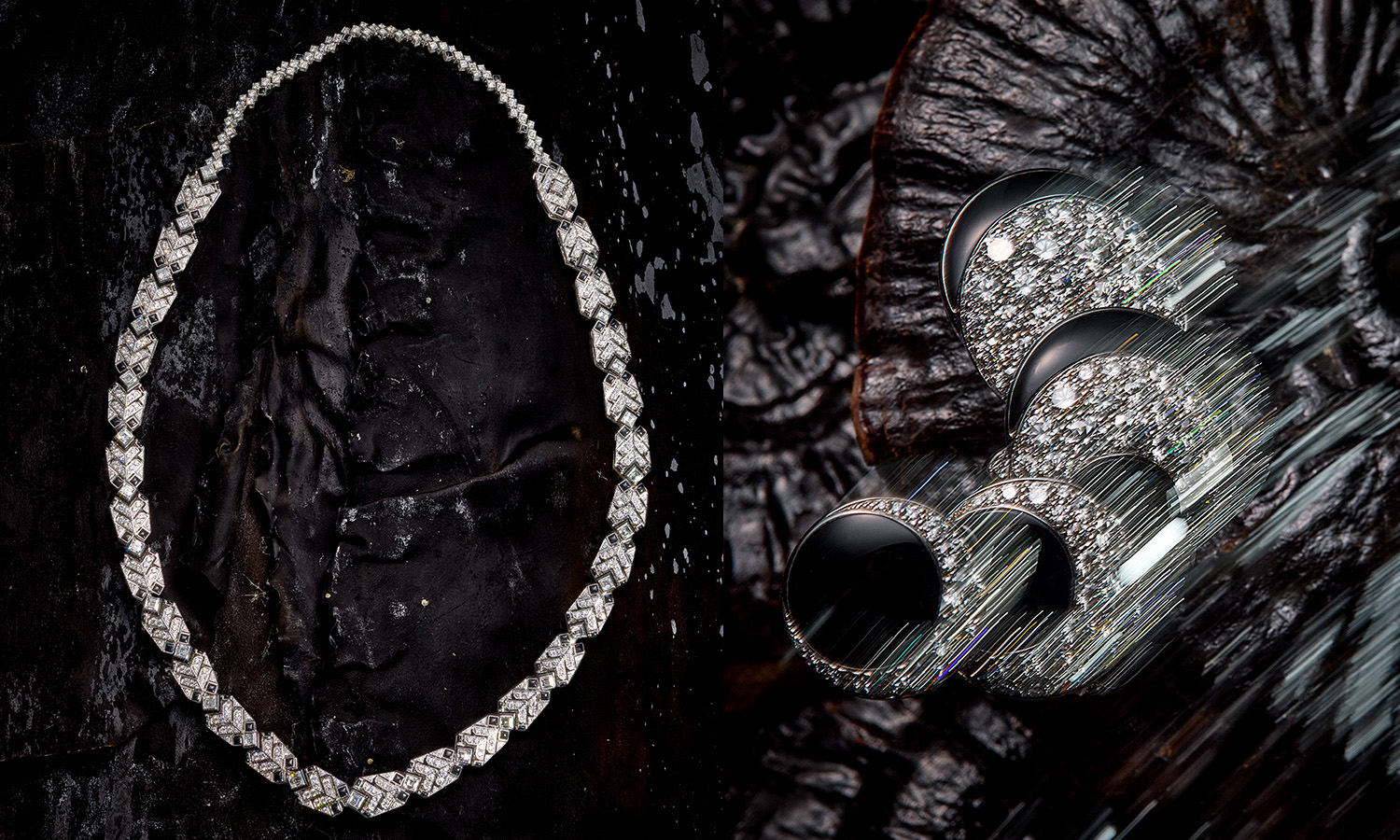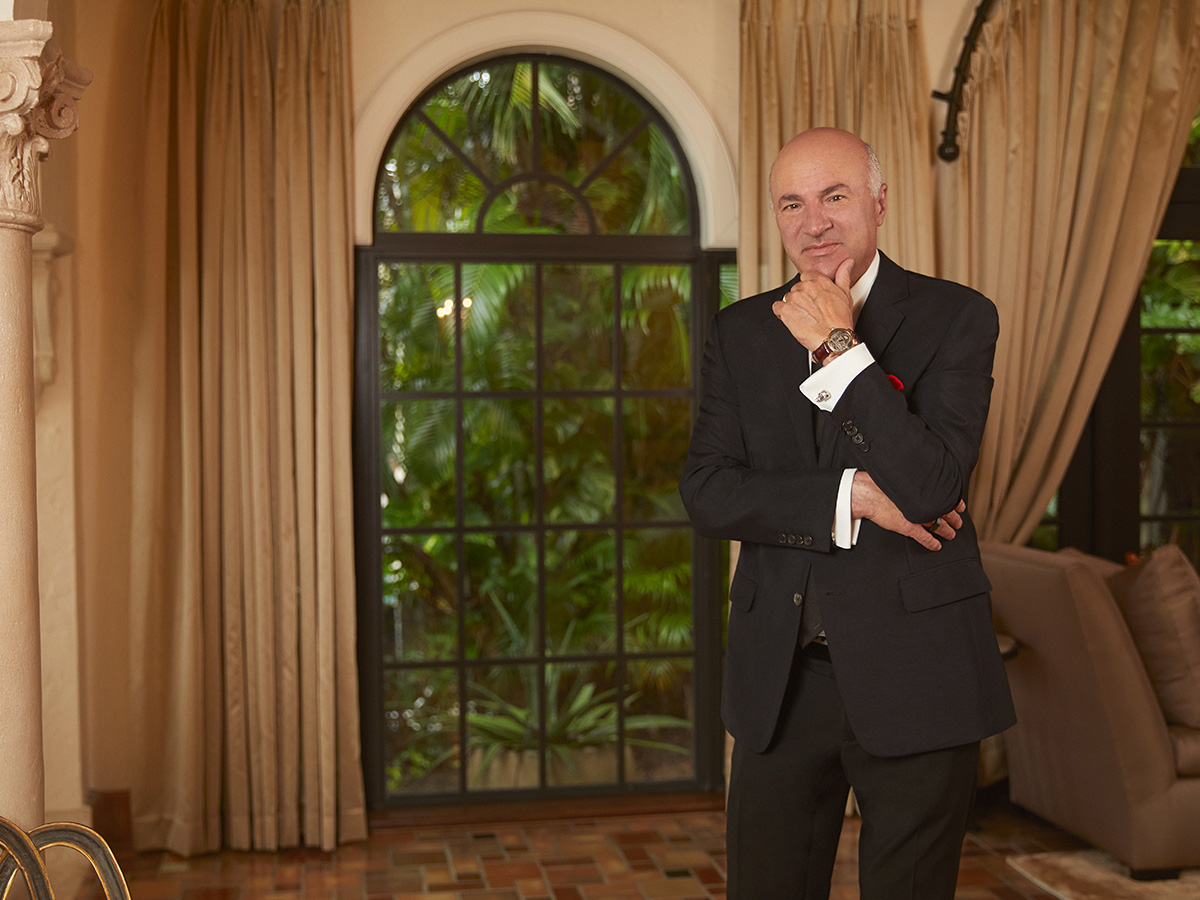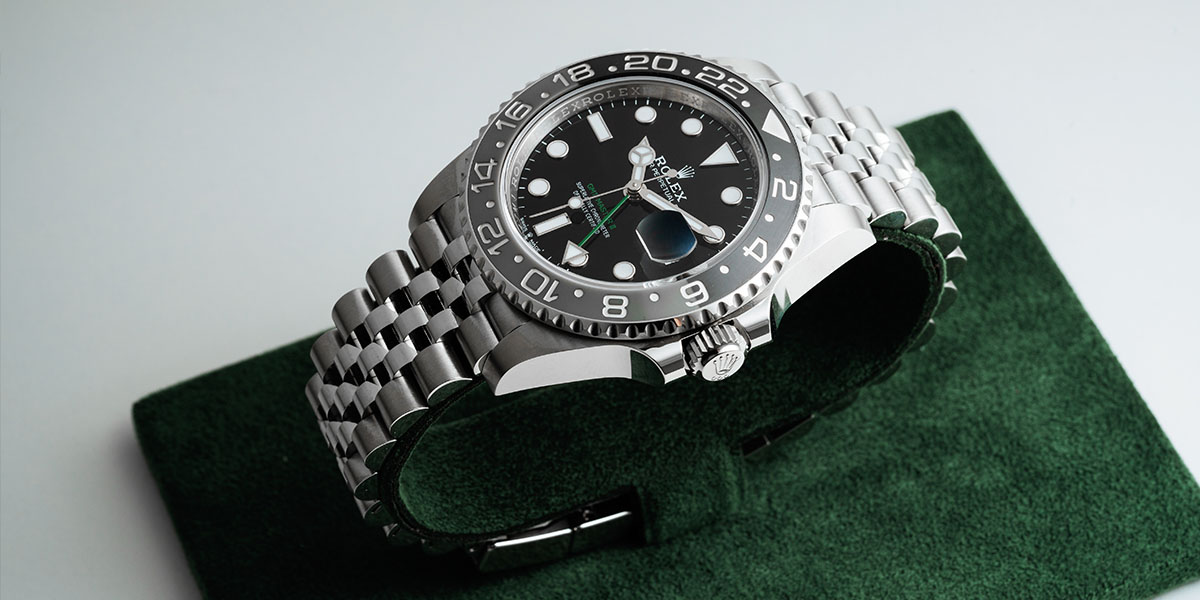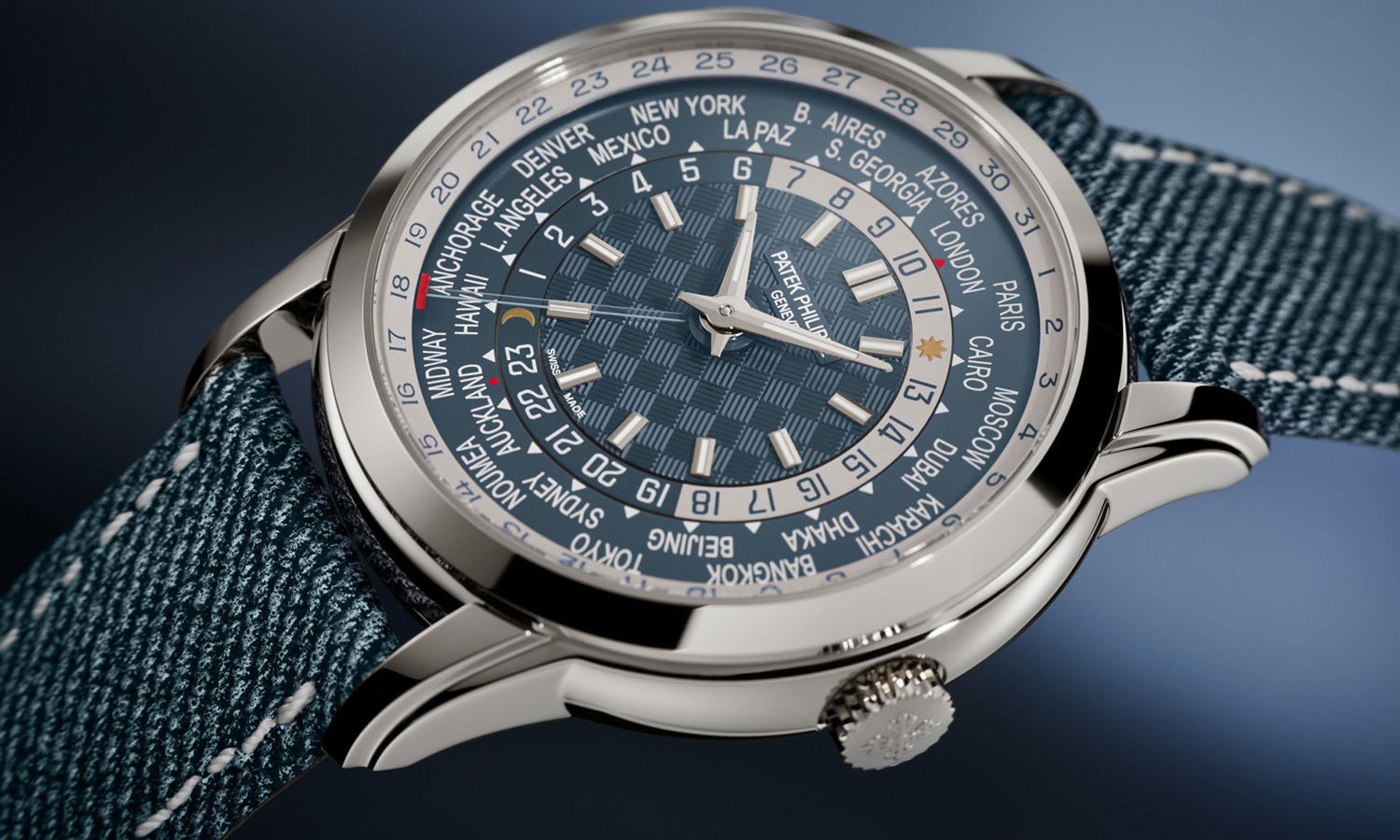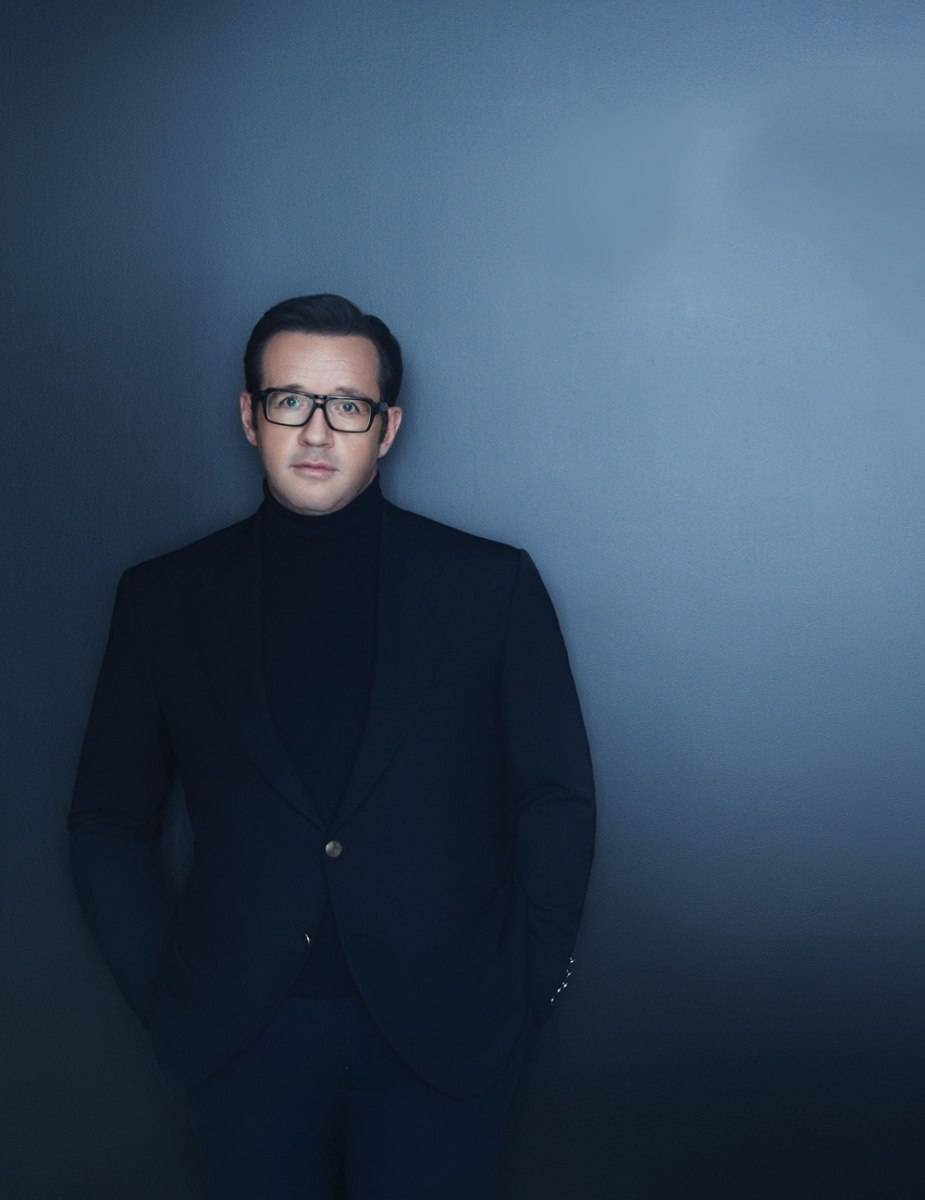
Zen Master: Audemars Piguet CEO François-Henry Bennahmias On Doing, Not Trying

In our ongoing one-on-one series with our industry’s leading figures, we sat down with François-Henry Bennahmias, CEO of Audemars Piguet. Although he spends most of his time at the Audemars Piguet headquarters in Le Brassus, Switzerland these days, he was recently in New York City, where Haute Time had the chance to catch up with Bennahmias, one of the most recognizable figures in the watch world.
Haute Time: You’ve made the transition from CEO of Audemars Piguet North America, to general manager of Audemars Piguet, to CEO of the whole company. How did it feel to get that news?François-Henry Bennahmias: I’ve been working for the company for 20 years, so obviously when I got the call it was great news. [But] it’s not something that you think about. When I started at Audemars Piguet in 1994, I wasn’t thinking, ‘One day I will be the CEO,’ because that move was already so big for me, coming from the fashion business to a completely new industry. I would never have guessed that I would have gone that far. That said, because I’m a very big competitor, when I do something, I always want to be better. I didn’t know that I would get it one day but when the call came I was obviously very happy.

office in New York City.
HT: How did you get into the watch industry?
FHB: I got lucky. I was on vacation in St. Barths, and I got to meet some people whom I became very close friends with. At the time, I was working in the fashion business. My friend was working in the watch business, and when he took over Audemars Piguet for the French market, he asked me if I would want to run it. At the time I said, ‘I don’t know anything about watches.’ [But] he said, ‘You should be OK.’ That’s how I started. Basically if I had never gone on vacation that specific year, that specific week in St. Barths, I would never have worked for Audemars Piguet.
HT: Having been with the company since 1994, what changes have you seen within Audemars Piguet?
FHB: When the company went from making $80-$90 million in revenue, to making $700 million in revenue, it changed a lot in terms of size. Regardless of the amount of people were we able to hire as a result, the basis of the company remained the same. It’s still the same type of people, manufacturing with the same passion, the way they were doing it when there were only two people, Jules Audemars and Edward Piguet. That’s why we still make exquisite, extremely complicated watches. We may have increased the quantity of watches produced, but they have managed to stay the same quality.


HT: What about the industry as a whole, especially with the resurgence of complications?
FHB: The watch industry as a whole has changed a lot, for one reason: it has been brought to many more people, to many more eyes and wrists. Still today it’s a very, very small industry in comparison. Last year watch exports from Switzerland to the world were $22 billion, whereas at General Motors alone, last year revenue was $154 billion. So when you put things in perspective, $22 billion is still very small. The good news about it is that there are more and more wealthy people on the planet that can afford high-end timepieces. It makes it obvious that we have great years ahead. We are far from where we could be. We didn’t think we—the entire watch industry—would go this far already. And from where we are today, we still have a long way to go.
HT: As the industry grows, do you feel pressure from outside forces, from the big conglomerates, or will Audemars Piguet remain independent forever?
FHB: While we are a small company, we are not that small in proportion to the rest of the big players, and we have been self-sufficient for decades. Over the last 10 years we have pretty much integrated every single part of manufacturing a watch. There are a few things missing but we’re working on them as we speak. So I do believe with the Audemars and Piguet families both on the board, we will remain independent and have a great future just the way we are.

HT: The haute horlogerie industry is known for remaining firmly entrenched in the past, but Audemars Piguet has really led the way in embracing new mediums like Twitter and Instagram. How come?
FHB: It’s always the same start. Share the passion. Remain relevant, especially in the way you communicate with people today. When I hear from some brands that look at the Internet like the enemy, like Darth Vader, I find it extremely disturbing for them. Not for us. You have to remain relevant.
The best reward that we’ve had over the last years has been to see young people, 18 years old, coming to our stores and pushing their parents, saying, ‘That’s the first watch I want.’ That’s a big thing. It means we still speak to the younger generations. So if we keep doing our job properly, ten years from now we’re going to sell more and more of these watches to these younger generations, which is good news. We don’t age, we don’t get old with our buyers. And the fact that we can sell our watch to an 18-year-old or to a 75-year-old—so our spread is extremely wide—that’s the good news of who we are and where we’re at today. It means we delivered the right message.
The next big challenge for us is going to be women, even though we’ve been selling watches to women for a long, long time. Today the proportion is 25 [percent of sales to women] – 75 [percent of sales to men]. I do believe we could increase that a lot, but women have not been exposed to high-end watchmaking as much as they’ve been exposed to handbags, lingerie, jewelry or shoes. Let’s talk about it again in two or three years.

HT: The brand, which was also a pioneer in celebrity endorsements, has also seemed to move away from that in recent years. Is that the case?
FHB: First of all, Audemars Piguet was not only a celebrity product. To say that would be really wrong. We’ve been in business for 140 years. We didn’t use celebrities until 2000, basically. And the way we did it was very specific. [So] we used celebrities at one point in our communication, and we have celebrities today, but we also have a lot of people today who are buying the watches who are not even ambassadors or friends of the brand. In the end, you have to have a good product, no matter what. That’s how it starts. We would have never got so many celebrities without the right product. Try to put an ugly watch on a big name, and you’re going to see how long he’s going to wear it. It doesn’t work this way. [Our] success was built on several things, but always starting with good watches. So today, it’s not that we don’t want to deal with celebrities—that would be wrong as well. We’re going to keep them as a part of our communication, up to a certain point, but our big goal is really to say; Audemars Piguet is a watch company. We have been known for 140 years to make some of the most exceptional watches, and we’ll keep doing that, and we’re going to go further and show people that the best is yet to come.
HT: It’s been a huge year for Audemars Piguet, with the debut of six new Royal Oak Offshore Chronograph models, a new Offshore Diver, a new Concept GMT Tourbillon, the Millenary, and three new ladies’ models at SIHH. What has been the reaction thus far?
FHB: It has been a confirmation of what we’ve been putting together for the last two years. When I came on board, I said, ‘We have to use 2013 and 2014 as transition years.’ I use the motto of excellence inside and out. We have a history of making our watches as beautiful inside as they are outside, even if you don’t see it. That’s what we’ve been implementing at the company for the last two years. So it was much more a confirmation, even though we came up with, yes, 16 models on the Royal Oak Offshore, and the new ladies collection, and the Concept in white ceramic. That’s good, but I think we are going to show even more in the future.
HT: You have a quote from Yoda on your door that says, “Do or do not. There is no try.” Is that philosophy something you apply in your everyday life?
FHB: Completely. It’s difficult when you hear people say, ‘I’m going to try.’ No, you don’t try. Just do it or don’t do it, period. It’s not that easy. It’s more challenging. You don’t always succeed but at least you have tried. When you start to say ‘I will try,’ you set yourself up for potential failure. You already accept the fact that you might fail. Which I don’t like.

office in New York City.
HT: What’s next for Audemars Piguet?
FHB: What I love about our company is, you would be impressed to see how many young people we have in the company—our employees span three to four generations. We take on kids who are 15 to start training them, and we still have people who are very close to retirement, at 65. And even those, I told them that now retirement does not exist anymore. Not in a joking way, actually. We want to keep that know-how. We want to keep that passion. And if they are willing, and if they want to keep working, we’re going to keep them in the business. Because watchmaking is not a physical job where you have to do extreme things. So if they want to stay, we’re going to keep them on board to make sure they keep delivering the message to the generations to come.
The thing I love the most is when, for example, two weeks ago, one of my young guys, 23 years old, found a brand-new system for chronograph pushers—I can’t tell you any more than that—which will be a sort of mini-revolution for the watch world. It’s getting patented as we speak.
We also have a young girl, she’s 21—I call her Nadia Comaneci, because through her three-year training program, she got a perfect score when she left, which is unique. Because of that, we gave her a watch. And when she received the watch, you should have witnessed the way she took it. It wasn’t something complicated; it was a simple mechanical ladies watch. But the way she looked at it, cared for it, put the watch on her wrist—and she’s only 21 —showed me that we’ve got a lot of great things coming. As long as we have people with that sort of passion and creativity, we’re in good shape.
 SIGN UP
SIGN UP


